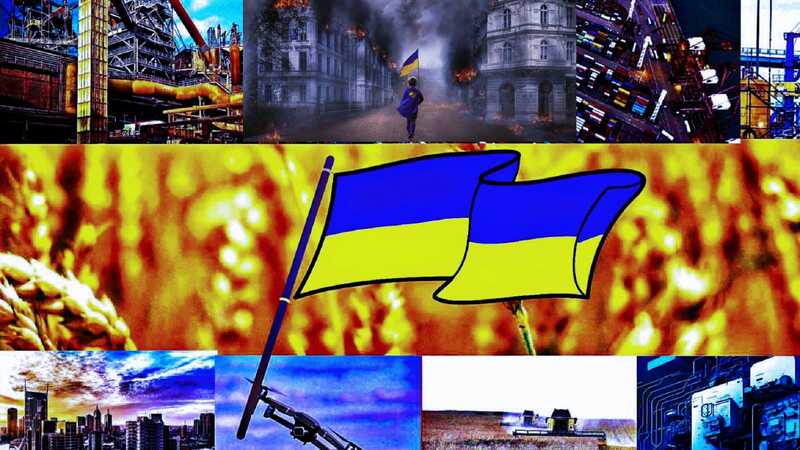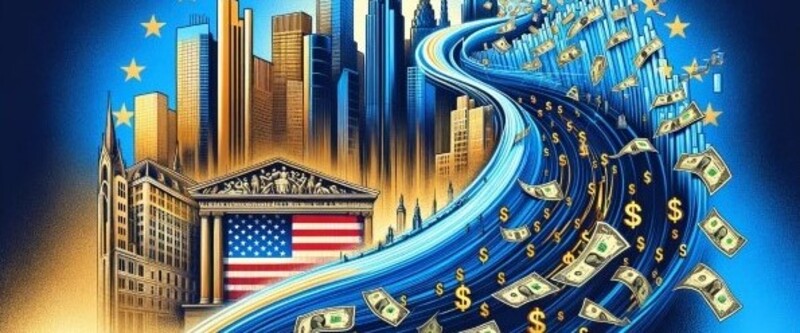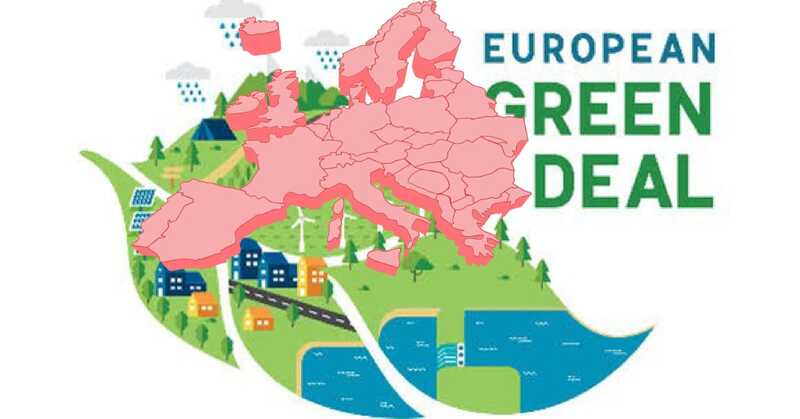
Ukraine’s Economic Resilience: Rebuilding The Economy Amidst War And Redefining Europe’s Business Landscape
Europe
Business
Despite the ongoing Russian invasion, Ukraine has emerged as a crucial player in the European economy. The country is a global leader in agriculture, ranking among the top five exporters of wheat, corn, and sunflower oil, supplying nearly 10% of the world’s wheat exports before the war. Additionally, Ukraine is a major steel producer in Europe, with pre-war production placing it among the top 15 steel-producing nations globally. In recent years, it has also gained prominence in defense technology, particularly in drone manufacturing, and is rapidly positioning itself as a key hub for IT services and software development in the region. While the war has disrupted industries, trade, and economic policies across the continent, Ukraine’s resilience is evident in its economic recovery. Key industries such as agriculture, steel, and defense production are driving this resurgence, while European nations are reshaping their economic strategies in response to energy disruptions and geopolitical shifts. Despite the conflict, Ukraine’s economy has shown positive signs of recovery. In the first nine months of 2024, GDP grew by 4.5% year-on-year, with a projected 3.5% growth for the full year. This recovery is largely driven by industrial revival, government support, and the stabilization of Black Sea trade routes, which resumed maritime exports in August 2023. Exports of goods surged by 13.4% in 2024, reaching $41 billion. Maritime exports rose from 54.8 million tonnes (2023) to 87.2 million tonnes (2024), marking a significant recovery. The EU remained Ukraine’s top trading partner, with exports worth $24.5 billion, followed by China ($2.3 billion) and Turkey ($2.1 billion). Strong demand, government incentives, and resumption of exports have strengthened the agricultural sector. Infrastructure rebuilding and road repairs are fueling growth of the construction industry. Defense manufacturing has also contributed to the economic growth of Ukraine. Over 200 domestic drone manufacturers and increased global collaborations are transforming Ukraine into a leader in military technology. Despite the economic resurgence of Ukraine, it has also experienced hits in other areas. Ukraine’s steel industry suffered heavy losses, with key plants damaged or destroyed. Production dropped from 6.3 million tonnes (2022) to 6 million tonnes (2023). However, by 2024, it rebounded to 7.58 million tonnes, and early 2025 figures show an additional 9.9% growth, reaching 1.18 million metric tonnes. Europe has also experienced energy crisis due to the war between Ukraine and Russia. Before the war, Europe relied heavily on Russian energy: 40% of its natural gas, 30% of its oil, 80% of its coal. Following sanctions on Russia, the EU accelerated investments in renewable energy, liquefied natural gas (LNG) imports, and diversified energy partnerships which triggered high energy prices in Europe. Industries dependent on Russian raw materials (timber, fertilizers, metals) had to secure alternative suppliers, increasing production costs hence the the inflation effect and economic slowdown in Europe. European nations have significantly increased military spending. Germany, for instance, is considering lifting its constitutional debt limits to expand defense and infrastructure investments. Despite the conflict, Ukraine has had entrepreneurial growth with expansion of businesses. In 2024, over 26,000 new businesses were registered, eight times the number that closed. The most active industries include; Wholesale trade, Transport & logistics, Real estate, Construction and Agriculture. This surge in entrepreneurship reflects Ukraine’s adaptability and strategic shift toward a wartime economy. Government incentives, digitalization, and foreign investments have also played a role in sustaining business activity. While Ukraine’s economy has shown resilience, significant challenges remain. Labor shortages due to war casualties and migration. Infrastructure damage, affecting transportation and logistics. Uncertainty from prolonged conflict, which complicates investment and business planning. The IMF projects that Ukraine’s GDP growth will slow to 2-3% in 2025, reflecting these challenges. As history has shown, its possible to rebuild the economies of war torn countries by borrowing lessons from such events. War-torn nations such as Germany post-WWII and South Korea after the Korean War rebuilt their economies through foreign aid, industrial reforms, and strategic partnerships. Ukraine can follow a similar path by; Attracting foreign direct investment (FDI) to rebuild industries, Leveraging European and NATO partnerships for economic and security stability and developing domestic technological innovations, particularly in defense and agriculture. Ukraine’s business landscape is a testament to resilience and adaptability. The war has disrupted industries and global trade, yet key sectors like agriculture, steel, and defense manufacturing continue to thrive. The crisis has also reshaped Europe’s economic policies, pushing the continent toward energy diversification, increased military spending, and alternative trade partnerships. Looking ahead, the business relationship between Ukraine and Russia is unlikely to return to pre-war conditions in the foreseeable future. Ukraine has diversified its trade partnerships, deepened ties with the EU, China, and Turkey, and positioned itself as a growing defense exporter. Meanwhile, Russia faces long-term economic isolation, as Western sanctions continue to restrict its global trade opportunities. Ukraine’s business landscape is a testament to resilience and adaptability. The war has disrupted industries and global trade, yet key sectors like agriculture, steel, and defense manufacturing continue to thrive. The crisis has also reshaped Europe’s economic policies, pushing the continent toward energy diversification, increased military spending, and alternative trade partnerships. Looking ahead, the business relationship between Ukraine and Russia is unlikely to return to pre-war conditions in the foreseeable future. Ukraine has diversified its trade partnerships, deepened ties with the EU, China, and Turkey, and positioned itself as a growing defense exporter. Meanwhile, Russia faces long-term economic isolation, as Western sanctions continue to restrict its global trade opportunities. Ukraine stands to benefit from increased Western investments, stronger EU integration, and advancements in its technology and defense industries. Russia faces economic stagnation due to the decreasing energy revenue, trade restrictions, and a shrinking global influence. However, a neutral point could emerge if Russia finds alternative markets in Asia and Africa, while Ukraine secures a sustained post-war economic recovery with global support. Ultimately, Ukraine’s ability to rebuild its economy and integrate further into the European business landscape will shape the post-war economic balance in the region.
23 DAYS AGO
